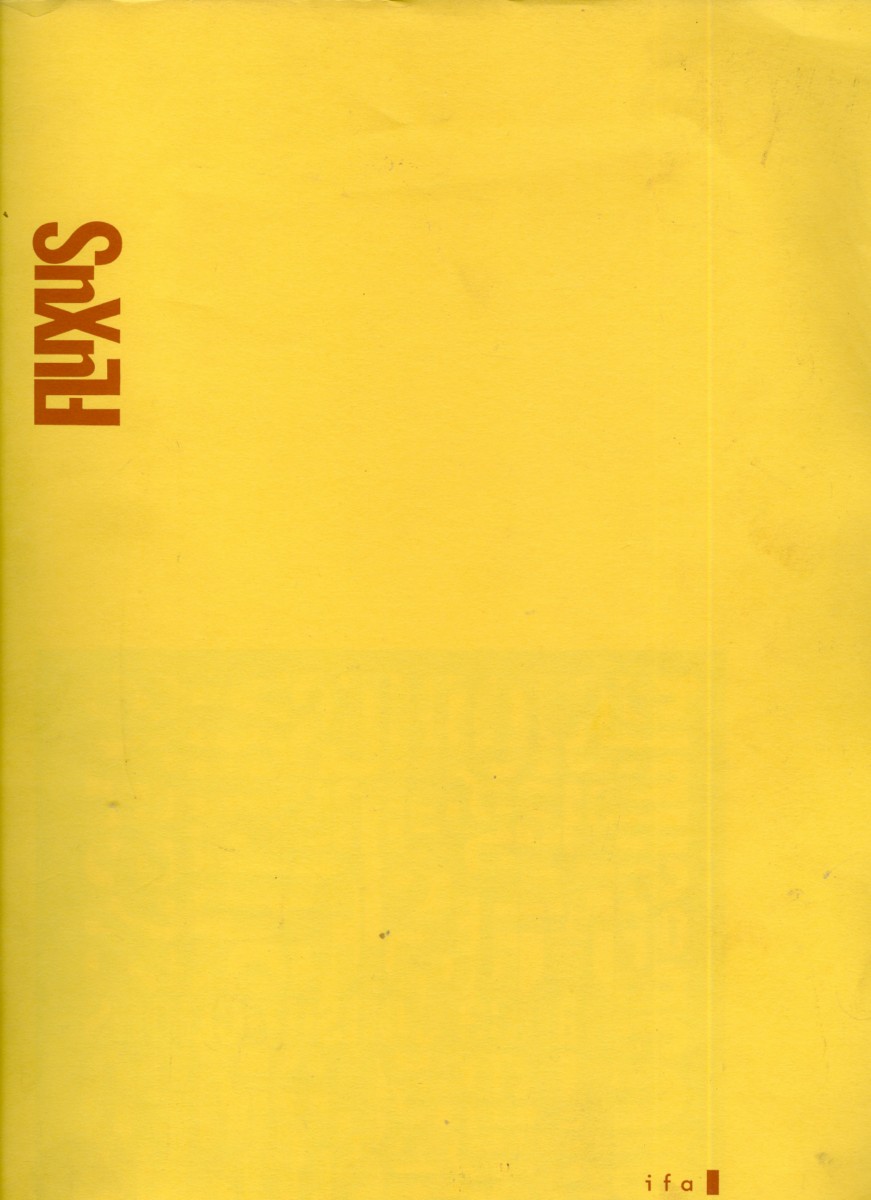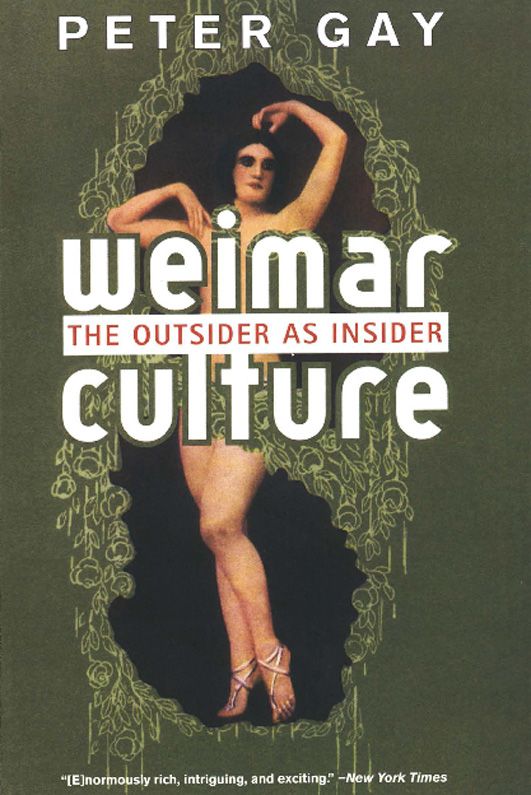René Spitz: The View Behind the Foreground: The Political History of the Ulm School of Design, 1953-1968 (2002) [EN, DE]
Filed under book | Tags: · art education, design, design history, germany, industrial design, information design, politics

“The Ulm School of Design (HfG) has a reputation as the place which, after the Bauhaus, has had the most lasting influence not only on the design of industrially manufactured goods and of services but also on designer training. As a private institution the HfG was different from other contemporary design-focused training centers in that its goal was design based on the humanities and natural sciences, rather than traditional design, whose approach is one that relies on artistic intuition.
At the HfG, designers were trained, design took shape, theories of design were elaborated, and methods of design developed. In speaking of the instruction method used at the HfG and the way designers teamed up with technicians and business people, the terms “Ulm model” or “Ulm concept” are used. But the tangible results of work at the HfG – product and information design – have also set a trend: They are said to have a special “Ulm style”.” (from the back cover)
Publisher Axel Menges, Stuttgart, 2002
ISBN 3932565177, 9783932565175
462 pages
Review: Shantel Blakely (2003).
HfG Ulm: The View Behind the Foreground (English, 87 MB, updated on 2019-2-25)
HfG Ulm. Ein Blick hinter den Vordergrund (German, 82 MB, updated on 2019-2-25)
Fluxus. Eine lange Geschichte mit vielen Knoten. Fluxus in Deutschland 1962–1994 (1995) [DE, CZ]
Filed under catalogue | Tags: · art, fluxus, germany, happening, performance art, sound art

The second volume of two-part catalogue for the retrospective. Includes a Germany-related Fluxus chronology (1958-1995) and more than 300 reproductions of the exhibited works.
Edited by René Block and Gabriele Knapstein
Publisher Institut für Auslandsbeziehungen, Stuttgart, 1995
266 pages
via Libros de arte
Review: Jörk Rothamel (1995, DE).
PDF (German, 74 MB)
Dlouhý příběh s mnoha uzly. Fluxus v Německu 1962-1994: texty (Czech, trans. Jiří Strážnický and Jan Mattuš, 1995)
Peter Gay: Weimar Culture: The Outsider As Insider (1968–) [EN, CR]
Filed under book | Tags: · 1910s, 1920s, 1930s, architecture, art, bauhaus, cinema, expressionism, film, germany, literature, modernism, music, nazism, philosophy, politics, psychoanalysis, theatre, weimar republic

First published in 1968, Weimar Culture is one of the masterworks of Peter Gay’s career. A study of German culture between the two wars, the book brilliantly traces the rise of the artistic, literary, and musical culture that bloomed ever so briefly in the 1920s amid the chaos of Germany’s tenuous post-World War I democracy, and crashed violently in the wake of Hitler’s rise to power. Despite the ephemeral nature of the Weimar democracy, the influence of its culture was profound and far-reaching, ushering in a modern sensibility in the arts that dominated Western culture for most of the twentieth century.
First published by Harper & Row, New York, 1968.
Publisher W. W. Norton, 2001
ISBN 0393322394, 9780393322392
205 pages
via chef
Review (Walter Laquer, The New York Times Books, 1968)
Review (Elizabeth Wiskemann, The Spectator, 1969)
Review (Sterling Fishman, History of Education Quarterly, 1970)
Weimar Culture: The Outsider As Insider (English, 1968/2001, EPUB)
Weimarksa kultura: Isključenik kao uključenik (Croatian, trans. Danja Šilović-Karić, 1999, added on 2014-8-3)

